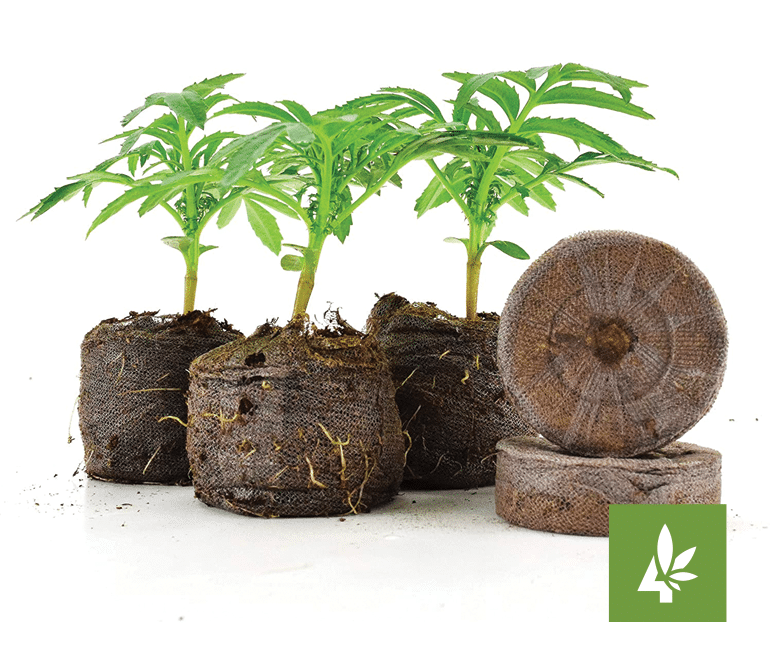

Even for those with drainage holes, they are small.Īlso, peat pots have thick walls that only plants with strong deep roots like cucumbers, squash, and zucchini can push through the thick pots. Many peat pots or seed trays do not have drainage holes at the bottom or the sides.

(Perry, n.d.) 2.2 Peat pots have tough walls and no drainage holes According to a study, peat moss can last several years in soil, keeping the soil aerated and holding onto water and nutrients. In fact, the reason why peat moss has been a popular soil amendment substance is that it does not break down easily. Peat pots decompose faster in moist soils because there are more organisms in moist soils to break down the pots. The amount of moisture in the soil where the pots are buried also affects how fast they break down.

The thicker the pots are, the longer they take to decompose. How fast peat pots decompose depends on the size and thickness of the pots. Some gardeners have even reported digging up sections of peat pots nearly two years after being buried in the ground. Peat pots generally take a year to break down. Why peat pots restrict root growth 2.1 They take a long time to decompose They are designed for lowering the risk of root injury and transplant shock, as the pots can be planted directly into the garden soil or raised beds, where they will eventually lose form and become part of the soil.Ĭompostable Jiffy pots for starting seeds and seedlingsĢ. Peat pots are used for transplanting seedlings, especially those with fragile roots like cabbage and eggplants. There are also “peat pot” manufacturers that use paper pulp instead of peat moss. They are also known by the name of a major peat pot manufacturer, “Jiffy pots”.

Peat pots are natural, biodegradable planters made of sphagnum peat moss and shredded wood pulp compressed into the shape of individual round plant pots and seed trays. 2.6 Different moisture inside and outside of pot.2.5 Peat pots can wick moisture out of the roots.2.2 Peat pots have tough walls and no drainage holes.The pellets also provided a solution to the problem of finding a good growing medium conveniently and easily, a problem especially experienced by smaller growers cultivating for home use. The pellets ensure good germination rates and ease of transplant, two features consistently mentioned as requirements by growers. The Jiffy 7C is a very good seedling pellet for propagating cannabis under African conditions. The size and shape of the pellets make them stable in gutter-type hydroponic systems and the fact that the growing medium is contained in the netting of the pellet means less growing medium dissolves into the system to foul up valves and/or drippers Transplanting from seedling trays into the growing system became much more successful due to the ease of transplant and the fact that roots were not disturbed as the plant is transplanted pellet and all Improved root development meant healthy and robust plants with good transplant success The seedlings reached transplant size quicker, cutting down on nursery time All growers noticed better germination rates, an important requirement given the cost of seeds Consistent, top-class growing medium in every pellet The ease of expanding the pellets and planting with no composting required, no filling of vessels with growing medium and no plastic were all remarked upon by growers.


 0 kommentar(er)
0 kommentar(er)
